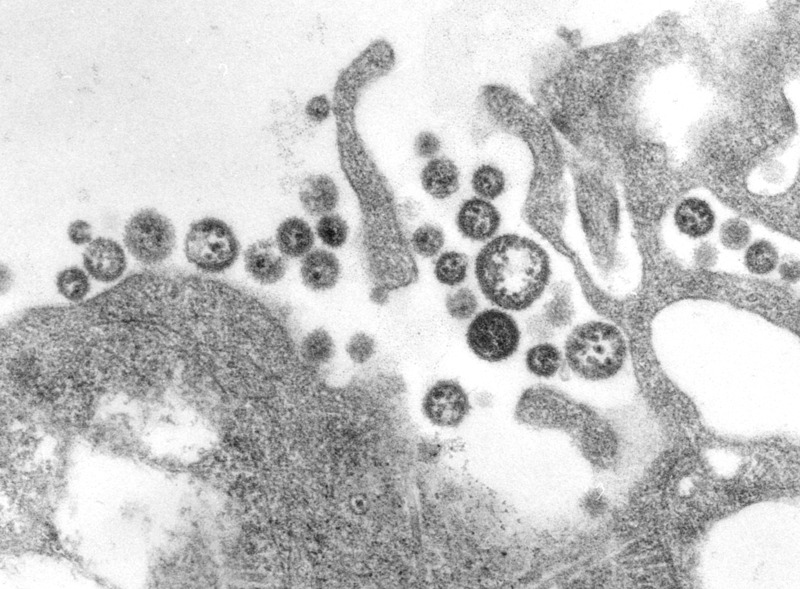In early March, Swedish media reported on a Lassa fever case in woman who recently returned from West Africa.

Earlier this week, an expert from the Dept of communicable disease control and prevention, Region Västra Götaland and member of the investigation team wrote into the website, ProMed Mail providing additional details on the case.
The patient is a 72-year-old woman, who’d been traveling for six weeks in areas of Liberia, returned back to Sweden and was diagnosed on Apr. 1. She claims to had been staying in rooms with traces of mouse excreta.
She did not have any symptoms before or during the travel back to Sweden on Mar. 2.
A week after her return home, she experienced onset of symptoms such as high fever, chills, joint pain, headache, diarrhea, and occasional vomiting. Soon after, as more serious appeared, she was admitted to the hospital.
The medical examination showed signs of encephalitis and the suspicion/probability of Lassa virus infection was raised on Mar. 29. Serology and PCR-tests were performed at the Public Health Agency of Sweden on Mar. 31. Serum samples were PCR-positive as well as positive for IgG and IgM against Lassa virus. Sequencing was consequently performed and confirmed the diagnosis on Apr. 1. The sequence was in agreement with prior reported sequences from Liberia.
At this point, she was transferred to Linköping University hospital in eastern Sweden for isolation. The Linköping University Hospital is Sweden’s only health-care center with high-level isolation facilities.
Contact tracing revealed 75 people with low-level exposure, so far no suspected secondary case have been identified.
In 2011, woman was infected with Lassa fever in West Africa where she has been working for a humanitarian aid organization.
Related:
- Wales ‘crypto’ outbreak update: Case count rises
- Ireland reports ‘significant’ increase in syphilis
- How to control chlamydia: Guidance for Europe

C. S. Goldsmith, P. Rollin, M. Bowen
This transmission electron micrograph (TEM) depicted numbers of Lassa virus virions adjacent to some cell debris. The virus, a member of the virus family Arenaviridae, is a single-stranded RNA virus, and is zoonotic, or animal-borne that can be transmitted to humans. The illness, which occurs in West Africa, was discovered in 1969 when two missionary nurses died in Nigeria, West Africa.In areas of Africa where the disease is endemic (that is, constantly present), Lassa fever is a significant cause of morbidity and mortality. While Lassa fever is mild or has no observable symptoms in about 80% of people infected with the virus, the remaining 20% have a severe multisystem disease. Lassa fever is also associated with occasional epidemics, during which the case-fatality rate can reach 50%.
There are a number of ways in which the virus may be transmitted, or spread, to humans. The Mastomys rodents shed the virus in urine and droppings. Therefore, the virus can be transmitted through direct contact with these materials, through touching objects or eating food contaminated with these materials, or through cuts or sores. Because Mastomys rodents often live in and around homes and scavenge on human food remains or poorly stored food, transmission of this sort is common. Contact with the virus also may occur when a person inhales tiny particles in the air contaminated with rodent excretions. This is called aerosol or airborne transmission. Finally, because Mastomys rodents are sometimes consumed as a food source, infection may occur via direct contact when they are caught and prepared for food.


5 thoughts on “Sweden Lassa fever: Imported from Liberia, Additional details”